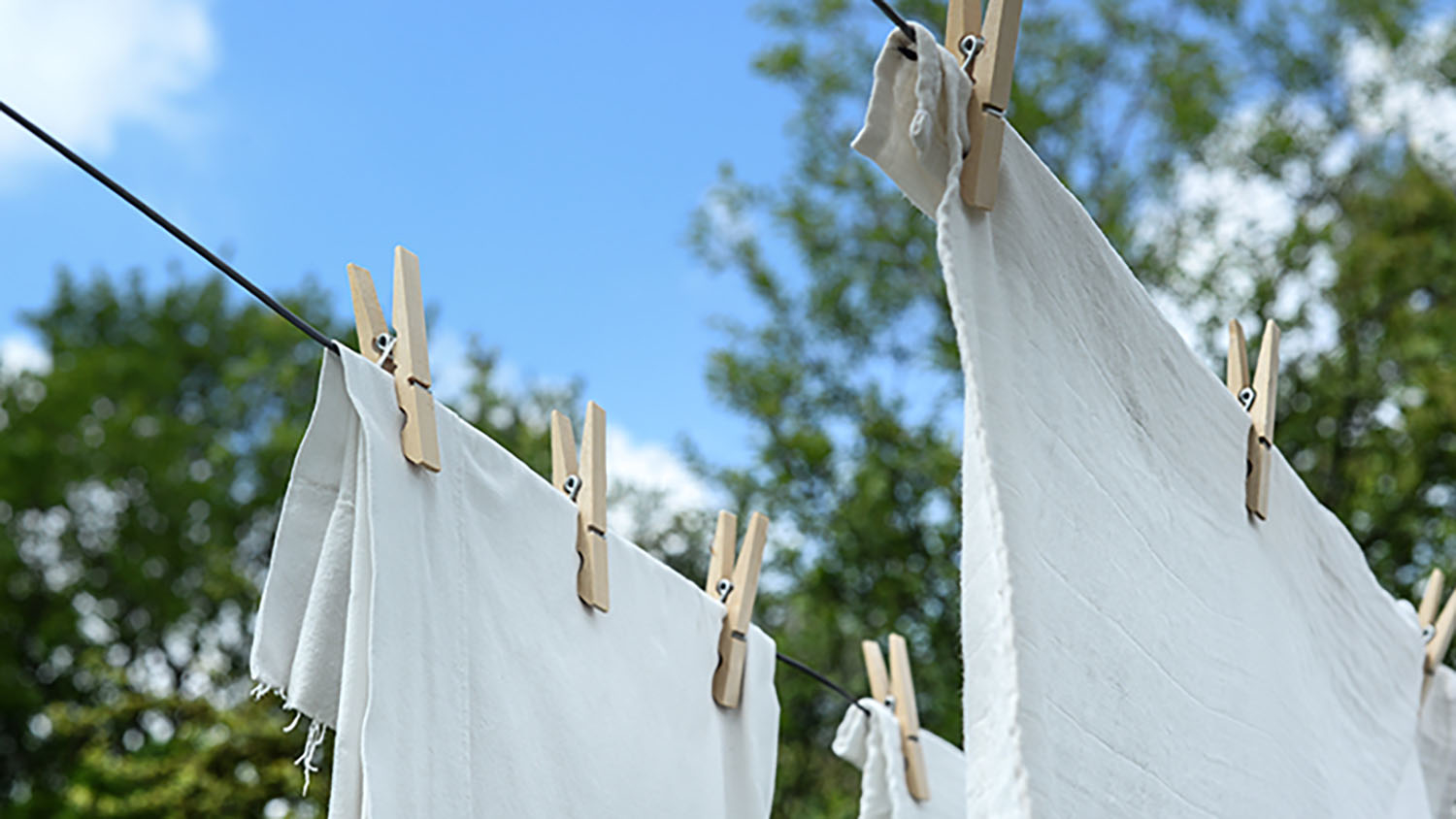What’s in Your Laundry?

Last time you bought a new shirt, did you stop and think about the environmental impact of washing that shirt? Did you know that every time you wash an article of clothing thousands of microfibers are rubbed off the article and are released into the water? If you didn’t, you’re probably not alone. Thankfully, researchers in the College of Natural Resources are thinking ahead for all of us about the materials that make up the clothes we wear.
Dr. Richard Venditti has partnered with Cotton Incorporated and the Australian government’s Cotton Research and Development Corporation to find answers to a question you may have never thought to ask: what happens to small particles of cotton, polyester, rayon and blends that are released during the washing of our clothes and end up in the water?
The answer may surprise you. It turns out those fibers likely show up in the form of small plastic particles—called microplastics—in our air, water and food. While there’s no question the durability and versatility of plastic has benefitted society, humans and other living beings suffer when it ends up in what we breathe, drink and eat.
When presenting on this topic at the 34th International Cotton Conference Bremen in 2018, Venditti explained that studies have shown wastewater treatment plants to be a source of microplastics, with sewage from laundry being one of the prime culprits.
Simulating Laundry in the Lab
With that in mind, he and his team simulated the laundering process to uncover what happens to the microfibers of cotton, polyester, rayon and blends in the wash and to what extent the microparticles remain in treated wastewater.
Analyzing biosolids from the Neuse River Wastewater Treatment Plant, the team found cotton to be the most biocompatible—that is, the most environmentally friendly—when compared with rayon, polyester and blended fabrics. Although cotton releases more microfibers during a wash cycle, those particles degrade the most in the wastewater treatment process.
On the other hand, polyester loses the least in the laundering process, but what it does lose doesn’t degrade well in the environment. Eight months into the study, microfibers of polyester had only degraded 6% and appeared to stop degrading while cotton had undergone 74% degradation and was continuing to degrade. Rayon products and blends fell in between.
For Venditti and his team, the next step is taking the simulation to real aquatic environments. In the coming year, they’ll look at what microparticles have degraded and which persist in lakes and ocean water; after that, they hope to focus on how cloth dyes and finishes affect fibers in the environment.
Sparking Conversation for Textile Manufacturers, Retailers and Consumers
NC State’s College of Natural Resources emphasizes sustainable solutions, and Venditti’s research addresses the single most important topic in the textile industry today. The ability to quantify the microfibers laundering generates, understand what contributes to their generation and predict their final destination in the environment will help textile manufacturers make environmentally conscious decisions about their products.
Venditti says this research influences the entire life cycle of textiles. Right now, sharing the findings is important. In the future, the information could have broad impact, helping manufacturers, retailers and consumers better understand how their fabric choices affect the environment and encouraging them to ask key question, such as:
- How can we produce clothes that are biocompatible from birth to disposal?
- Can we develop washing machines and dryers that do a better job of keeping mircoparticles out of wastewater?
- Can we make different purchasing choices to protect the environment?
- Should we wash clothes less often?
- Can we recycle or find other productive ways to use discarded clothes?
This work is exciting to Venditti simply because it’s so practical. No other research has left him scratching his head about the environment when doing everyday tasks like spinning out that last load of laundry. “This one hits close to home,” he says.
Facing Challenges and Contributing to a Better Society
One of the biggest challenges of the work is the natural variability that comes in a study of biological systems with living organisms. Getting neat, clean-cut data has required an extensive investment in manual data processing. Venditti credits Marielis Zambrano, a PhD student and excellent researcher, for her part in the process.
He is also quick to point out the contributions of Dr. Joel Pawlak, an associate professor in NC State’s Department of Forest Biomaterials; Dr. Jesse Daystar, a sustainability officer at Cotton Incorporated and NC State alumnus; Mary Ankeny, a researcher at Cotton Incorporated; and Dr. Jay Cheng, an NC State professor of Biological and Environmental Engineering.
Together, they’re working toward a society that develops more biocompatible, sustainable products for the good of us all and the planet we share.
- Categories: